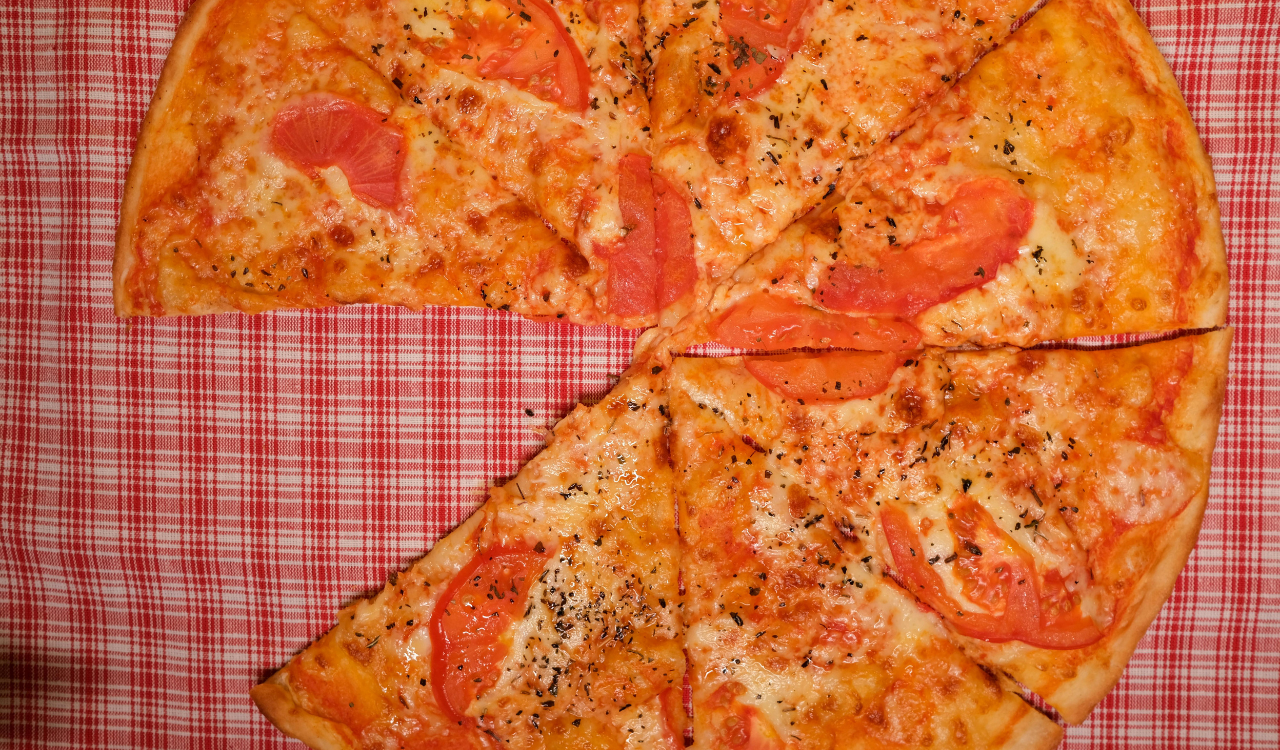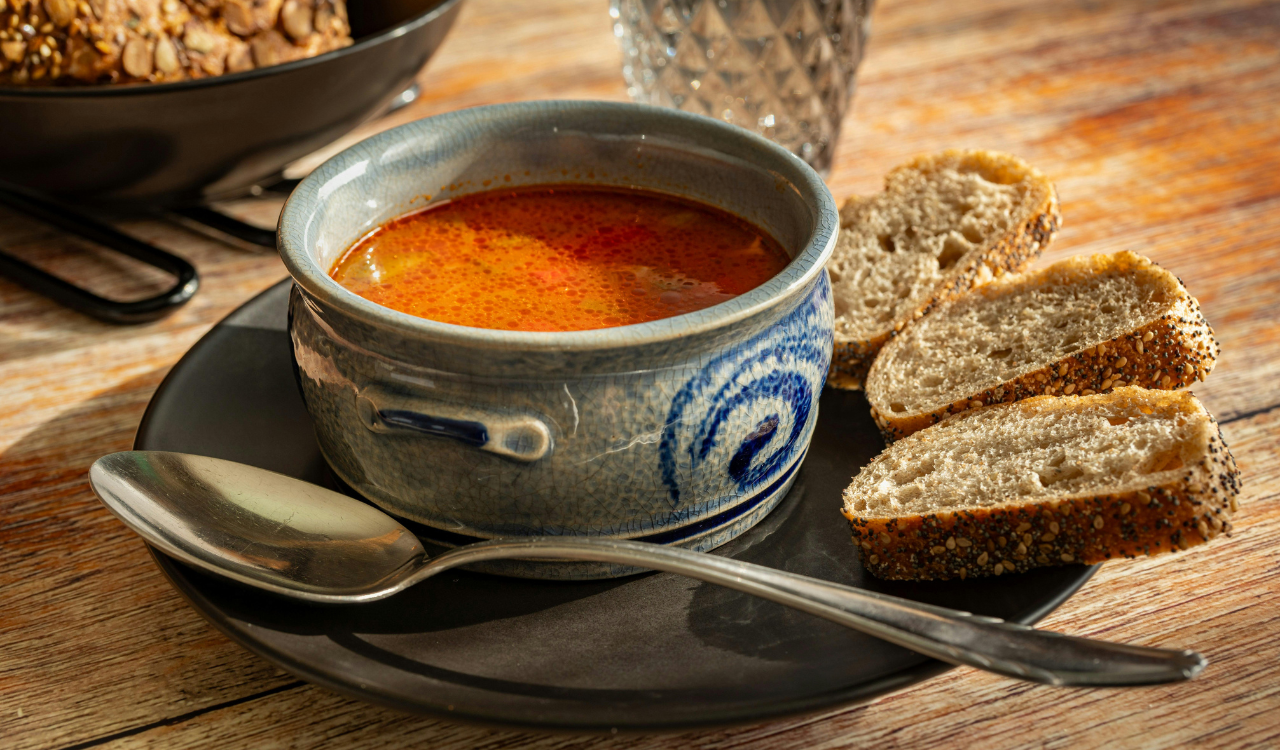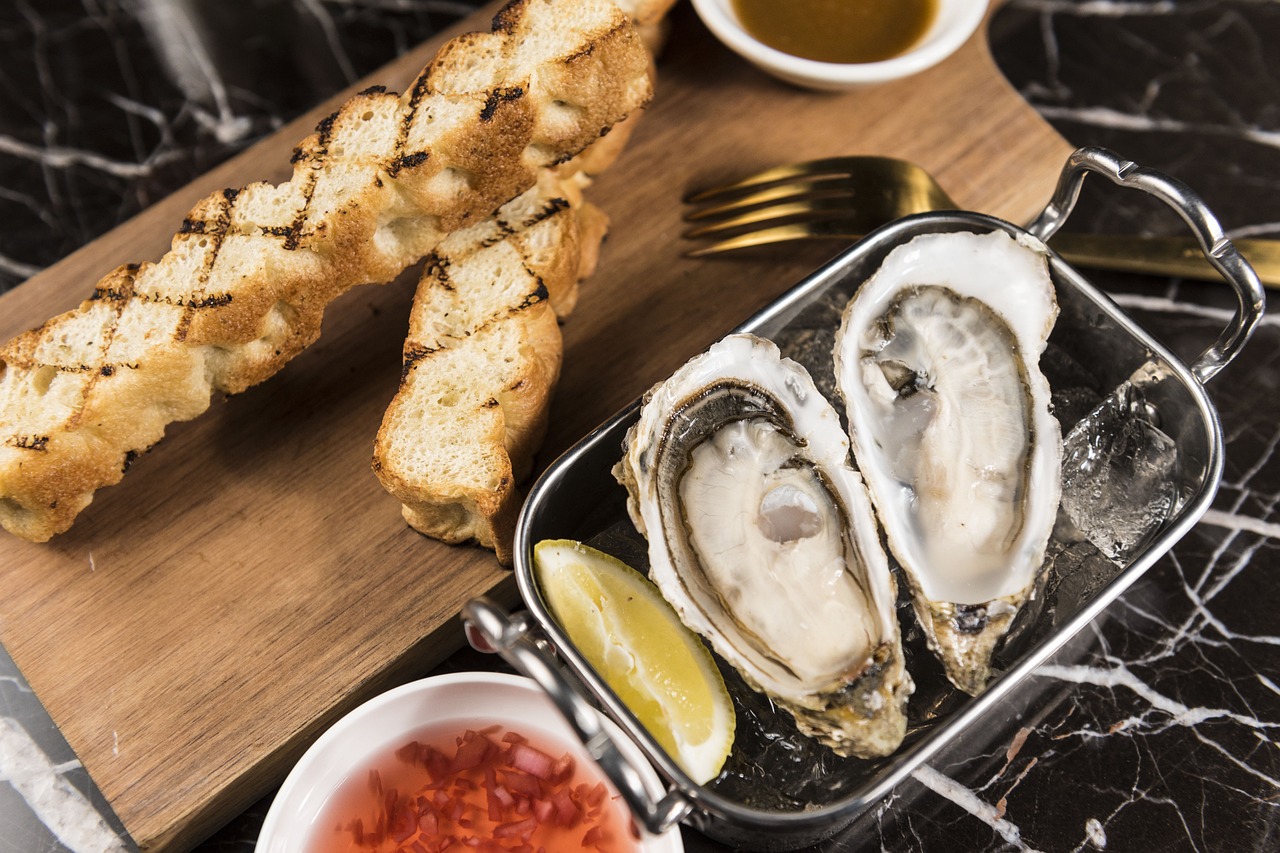7 Kitchen Layout Tweaks That Make Weeknight Cooking Easier
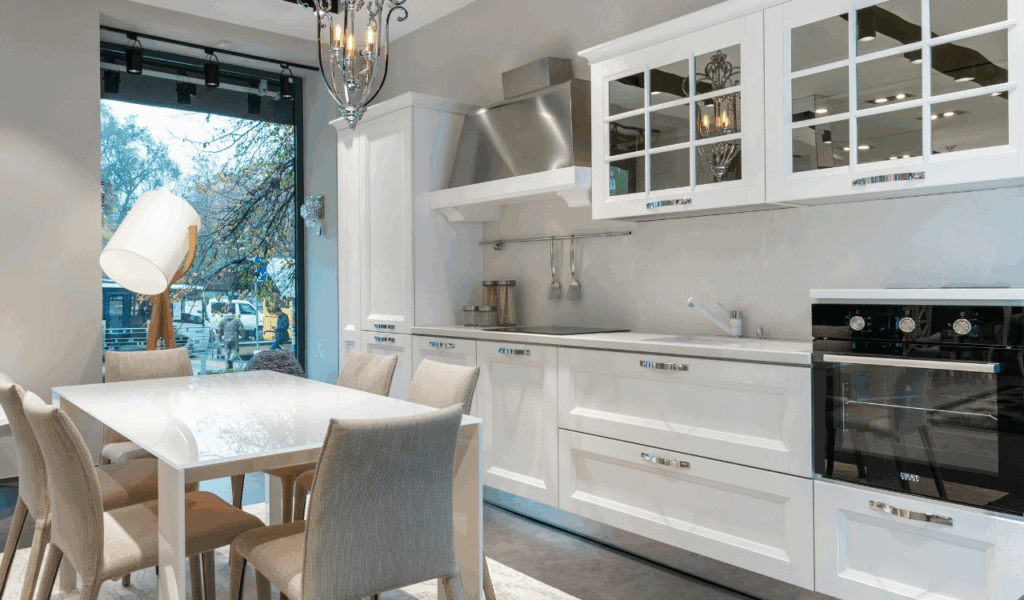
Weeknight cooking can seem like a race against the clock. The last thing you need amid exhausted minds, hungry family members, and late work hours is a kitchen that adds to the chaos. However, your kitchen layout is frequently the issue rather than your cooking abilities or recipes. The efficiency with which you move between cooking stations, the ease with which you can access tools or ingredients, and the overall flow of your workspace can all help or hinder your dinner goals. Fortunately, you can make a difference without doing a full remodel. You can significantly enhance your cooking flow with a few clever changes, some as easy as moving a drawer organizer or relocating your trash can. These seven layout adjustments can help you save time, feel less stressed, and even rediscover the joy of cooking.
1. Optimize the Work Triangle Between Sink, Stove, and Refrigerator

One timeless kitchen layout concept that has endured is the “work triangle.” It alludes to the triangle formed by your refrigerator, stove, and sink—the three spaces you use most frequently when cooking. These should ideally be placed so that they are neither too close together (making the kitchen feel claustrophobic) nor too far apart (wasting time walking). Ideally, the triangle’s sides should measure between 4 and 9 feet (1.2 and 2.7 meters). Trash cans, kitchen islands, or misaligned furniture frequently block the triangle in homes. Simple fixes for this could include moving small cabinets, decluttering, or rearranging appliances. Meal preparation goes more smoothly when your triangle is in harmony. Cooking becomes safer, quicker, and more fun.
2. Zone Your Kitchen for Specific Tasks

Consider your kitchen to be a workspace, with distinct spaces for various jobs. A prep area by the sink with your cutting boards and knives, a cooking area by the stove with pots, pans, and utensils, a cleanup area by the dishwasher with soaps and towels, and a storage area for small appliances and dry goods are all examples of zoning that helps you divide the area logically. This keeps the mess contained and lessens back-and-forth movement. No more rummaging through drawers in the middle of a recipe or reaching across the stove to retrieve a whisk. You can still use shelves, drawer dividers, or trays to create micro-zones in a small kitchen. You’ll discover that cooking on weeknights becomes much less hectic, cleaner, and more efficient once you establish these zones.
3. Adjust Countertop Height & Work Surface Depth
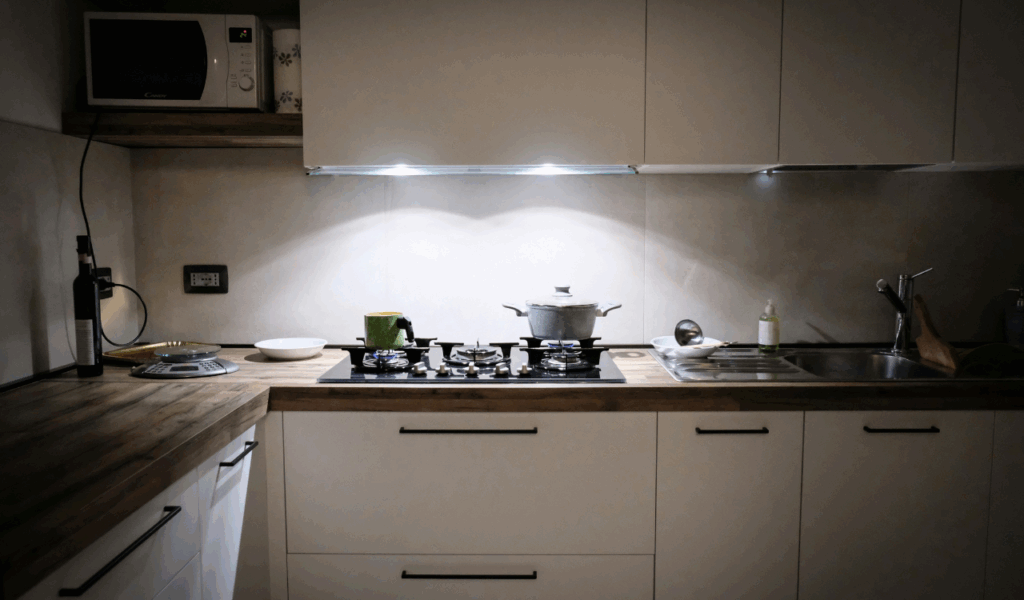
Have you ever experienced back or shoulder pain after preparing meals or chopping vegetables? Your countertop height might be the offender. The typical height of counters is 36 inches (91 cm), though this isn’t always the case. When you work at the proper height, your arms can rest at a 90-degree angle. To reduce strain, think about utilizing an adjustable prep table or cutting board platform if you’re significantly taller or shorter than usual. Likewise, counter depth is important. You may have to stretch to reach the back of deep counters or overhanging cabinets. You can gain space without putting undue strain on your body by adding a pull-out tray or shallow shelf. Efficiency and comfort go hand in hand, and small adjustments made here can make a big difference in how you feel while preparing a hectic weeknight meal.
4. Prioritize Storage Accessibility
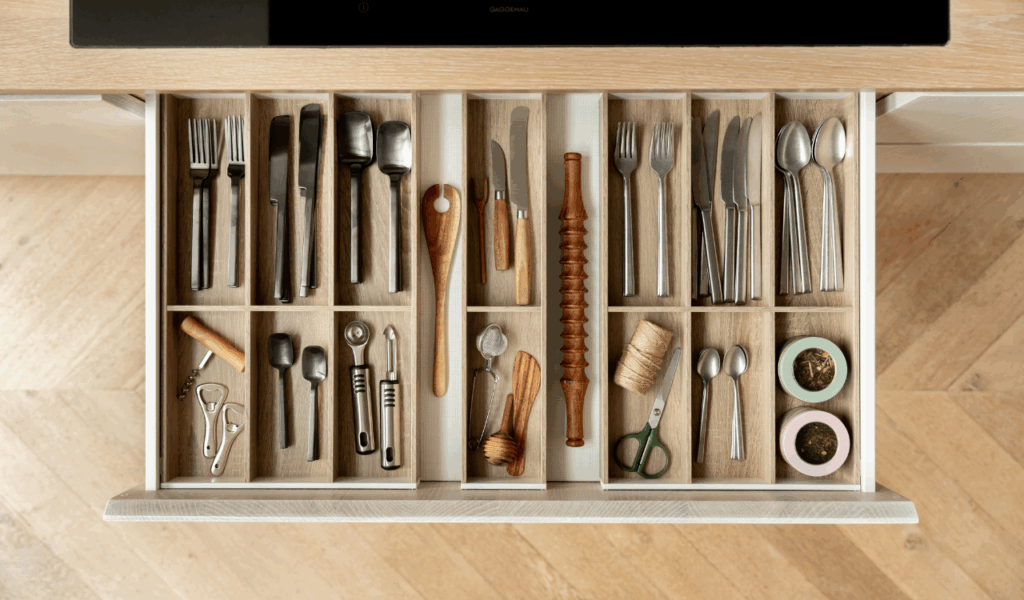
It’s time to reconsider your storage if you’re reaching down to retrieve pans or searching through crammed drawers. An excellent general rule? Items that are used often should be kept between shoulder and hip height. This includes common spices, pots, knives, and mixing bowls. Set aside high or low areas for things that aren’t used often, such as speciality appliances or holiday bakeware. To prevent crouching, install pull-out drawers inside lower cabinets. To arrange tools in drawers according to their functions, use dividers. Put labels or transparent containers on shelves so you can easily find what you need. While magnetic racks can make knives or spices easily accessible, lazy susans are excellent for nooks and crannies. You’ll spend more time cooking and less time looking when everything has a logical home that is accessible.
5. Allow Clear Walkways & Unobstructed Paths
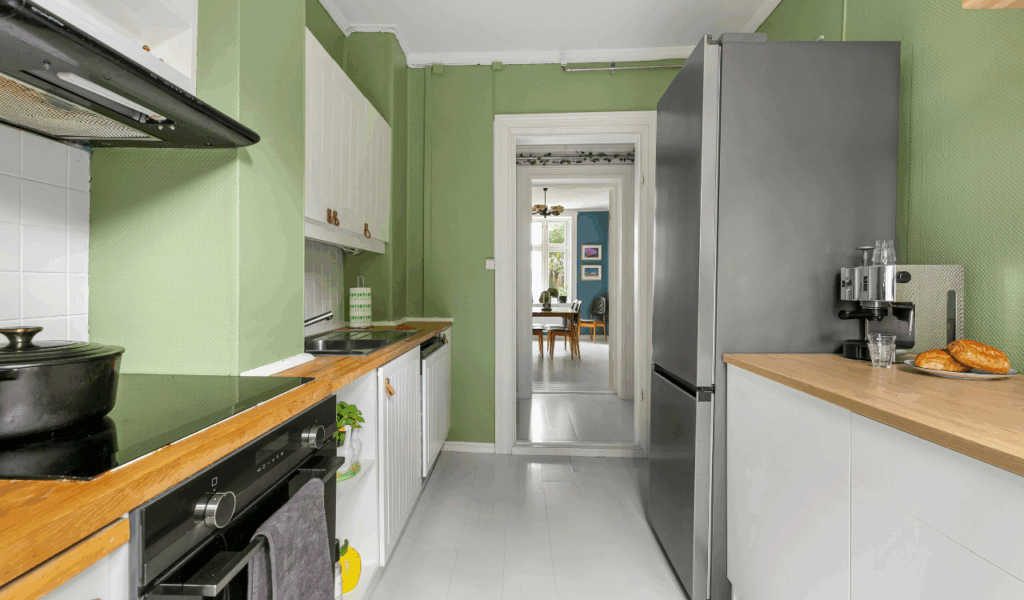
Cooking on a weeknight frequently requires juggling multiple tasks, such as boiling pasta while flipping vegetables and stirring sauces while emptying the dishwasher. These behaviors become annoying and even dangerous in a small or disorganized kitchen. If more than one person is cooking, design experts advise leaving 42–48 inches (107–122 cm) of space in work zones and at least 36 inches (91 cm) for walkways. Eliminate any stools that overcrowd the area. Move trash cans away from the doors of the refrigerator or dishwasher. Anything that you’ll be opening and closing frequently should not be kept behind appliance doors. Think about reducing the size of your kitchen island or moving adjacent cabinets if it causes a bottleneck. Your mind remains focused when your body is free to move, which makes it easier to cook under pressure.
6. Introduce Multi-Level or Flexible Work Surfaces
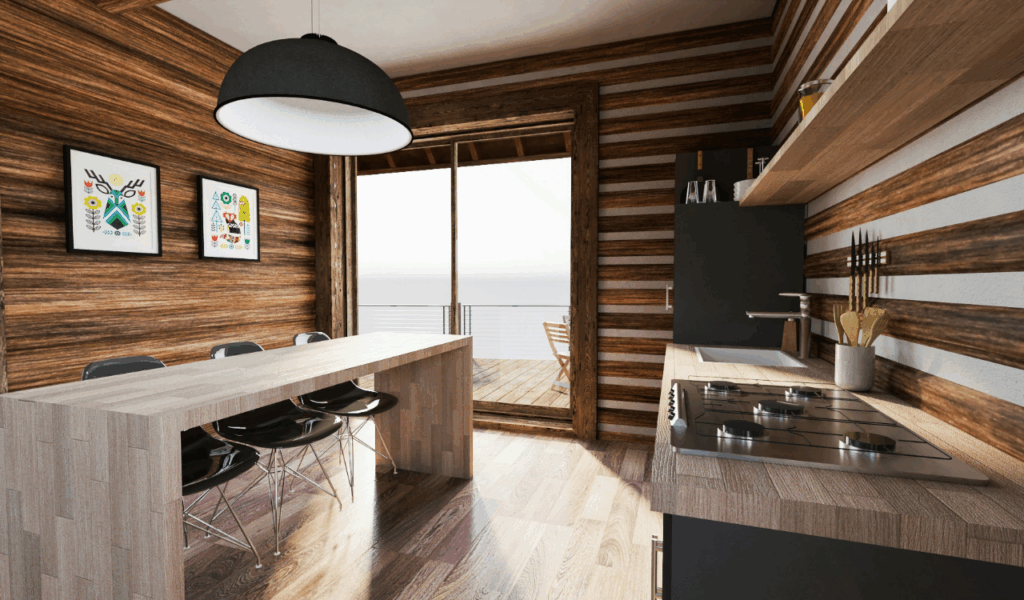
Several surfaces are frequently needed when cooking: one for chopping, another for mixing, and still another for cooling or plating. However, not every kitchen is designed with this adaptability in mind. Making movable or multi-level surfaces can have a significant impact. When you need more space, install a drop-leaf counter or think about a rolling kitchen cart that can be used as additional prep space. A temporary work surface can even be created by placing a large, sturdy cutting board over the sink. If you have an island, plan it with two levels: one for eating or serving at the top, and another for food preparation at the bottom. Different heights promote improved posture, facilitate more efficient task organization, and lessen the amount of mess that spills into areas that aren’t used for cooking.
7. Improve Lighting & Visibility at Key Stations
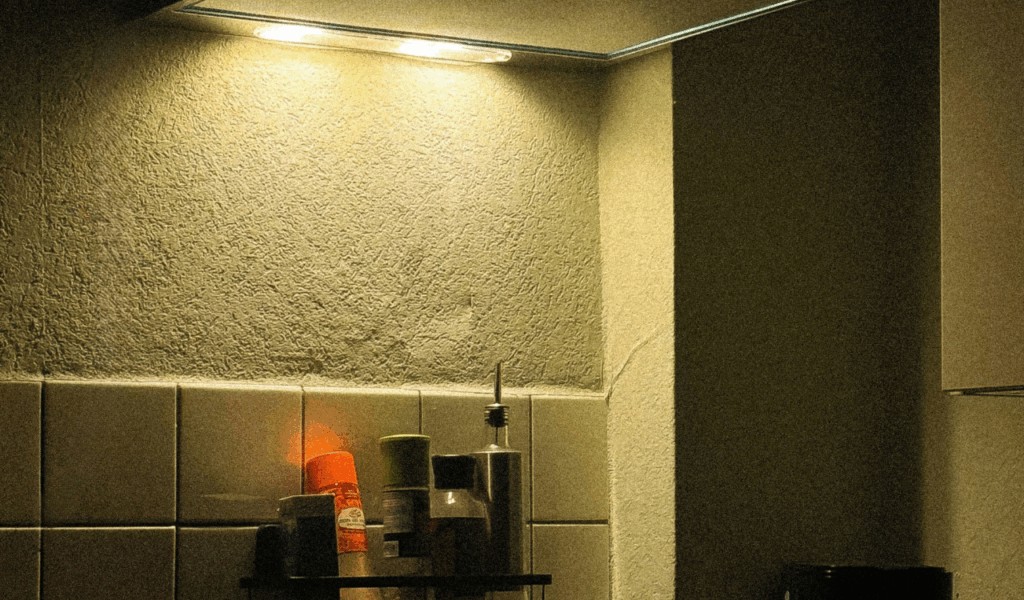
In addition to being inconvenient, poor lighting poses a risk. Knife mishaps can occur in dim prep areas. It is difficult to keep an eye on simmering sauces when there are shadows over the stove. Additionally, residue is frequently left behind after washing dishes in a dark sink. Purchasing high-quality task lighting, particularly under-cabinet lighting, can make a huge difference. Cover your sink, stove, and cutting area with specific lighting. To improve visibility and lessen glare, think about replacing harsh overhead lights with soft, diffused LEDs. Make sure the shelves holding frequently used items are well-lit, or choose glass doors so you can see inside without having to open everything. Not only does a well-lit kitchen look better, but it also works better, enabling you to work safely and efficiently even when you’re pressed for time or exhausted.
